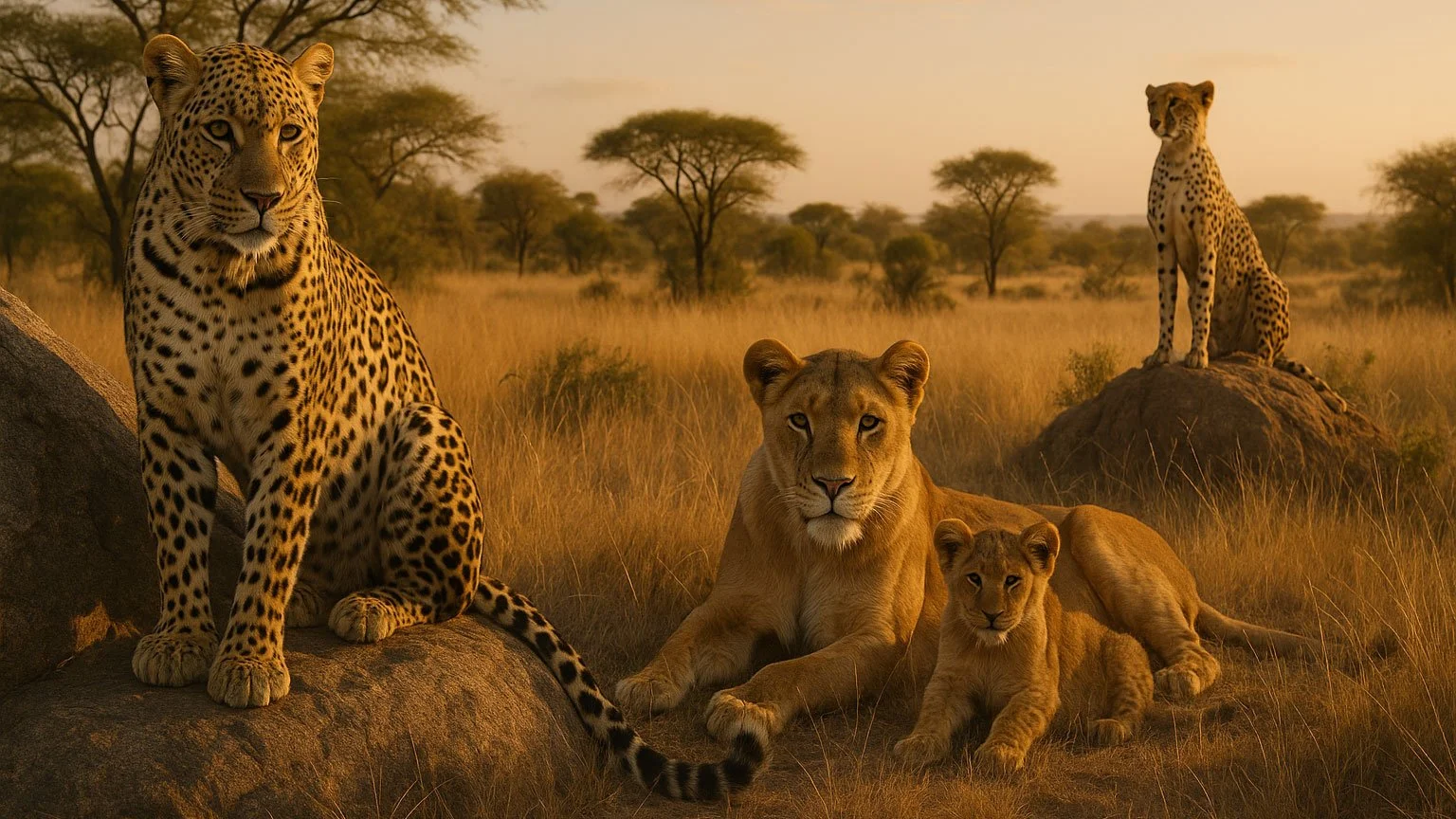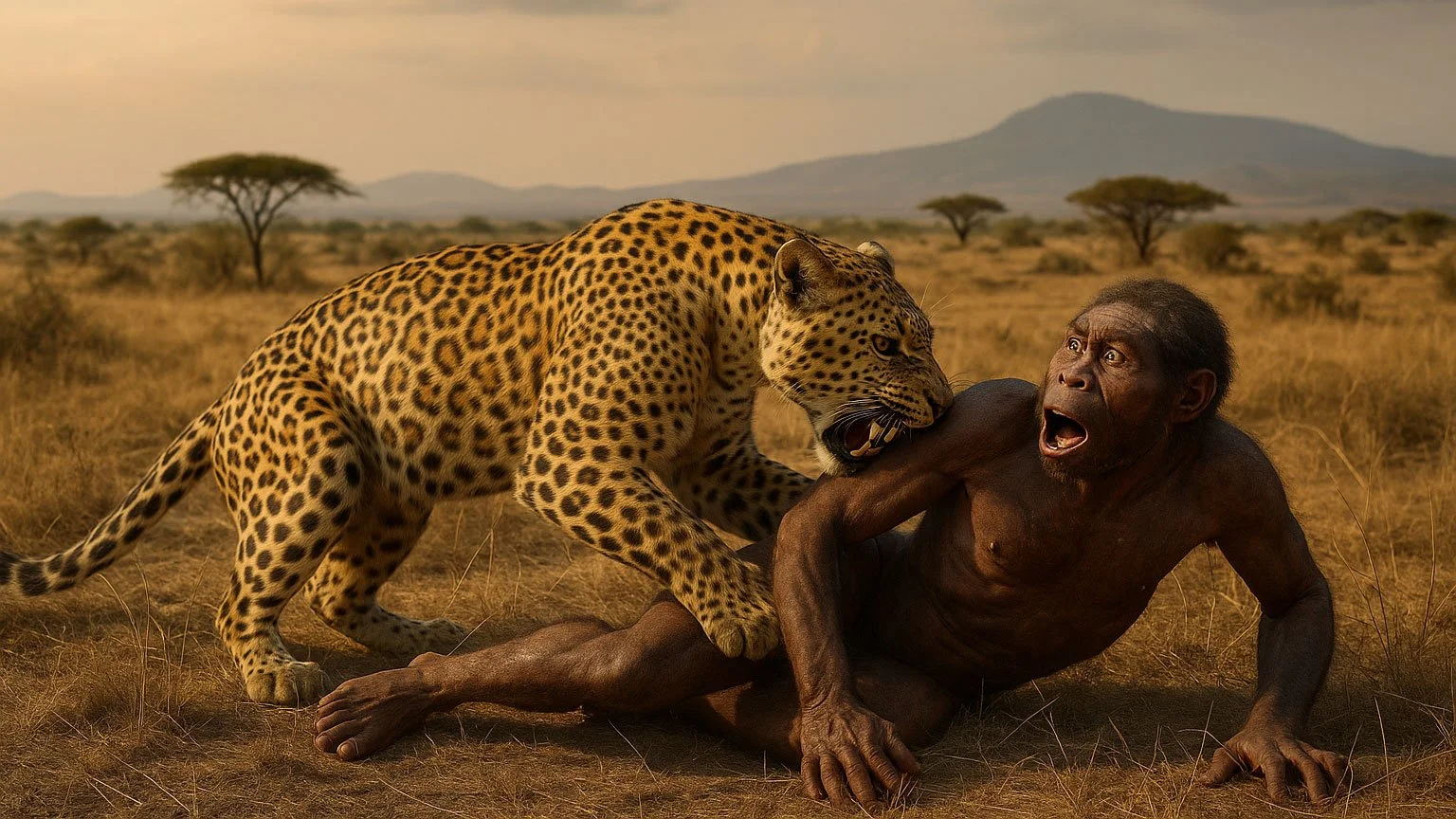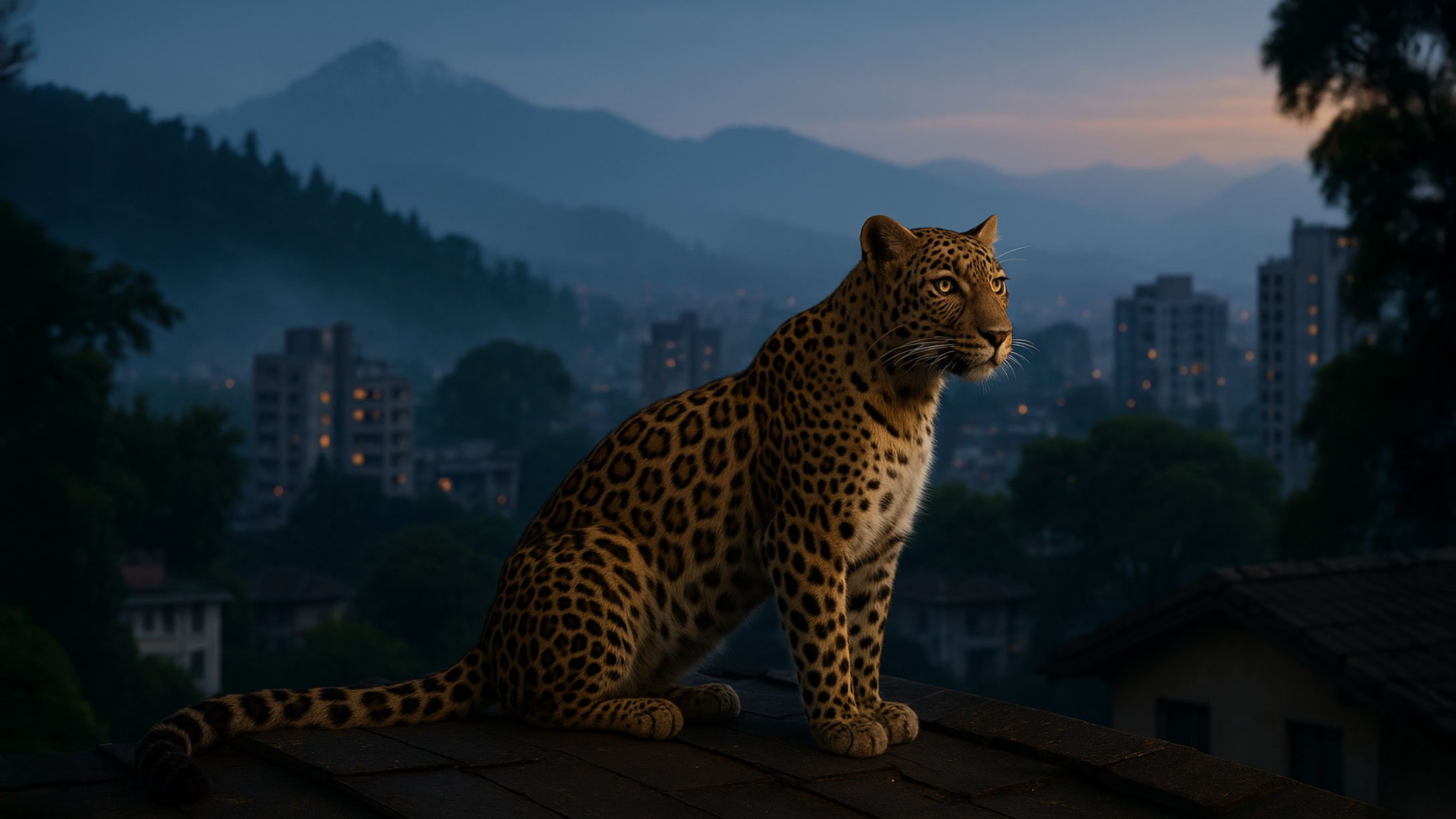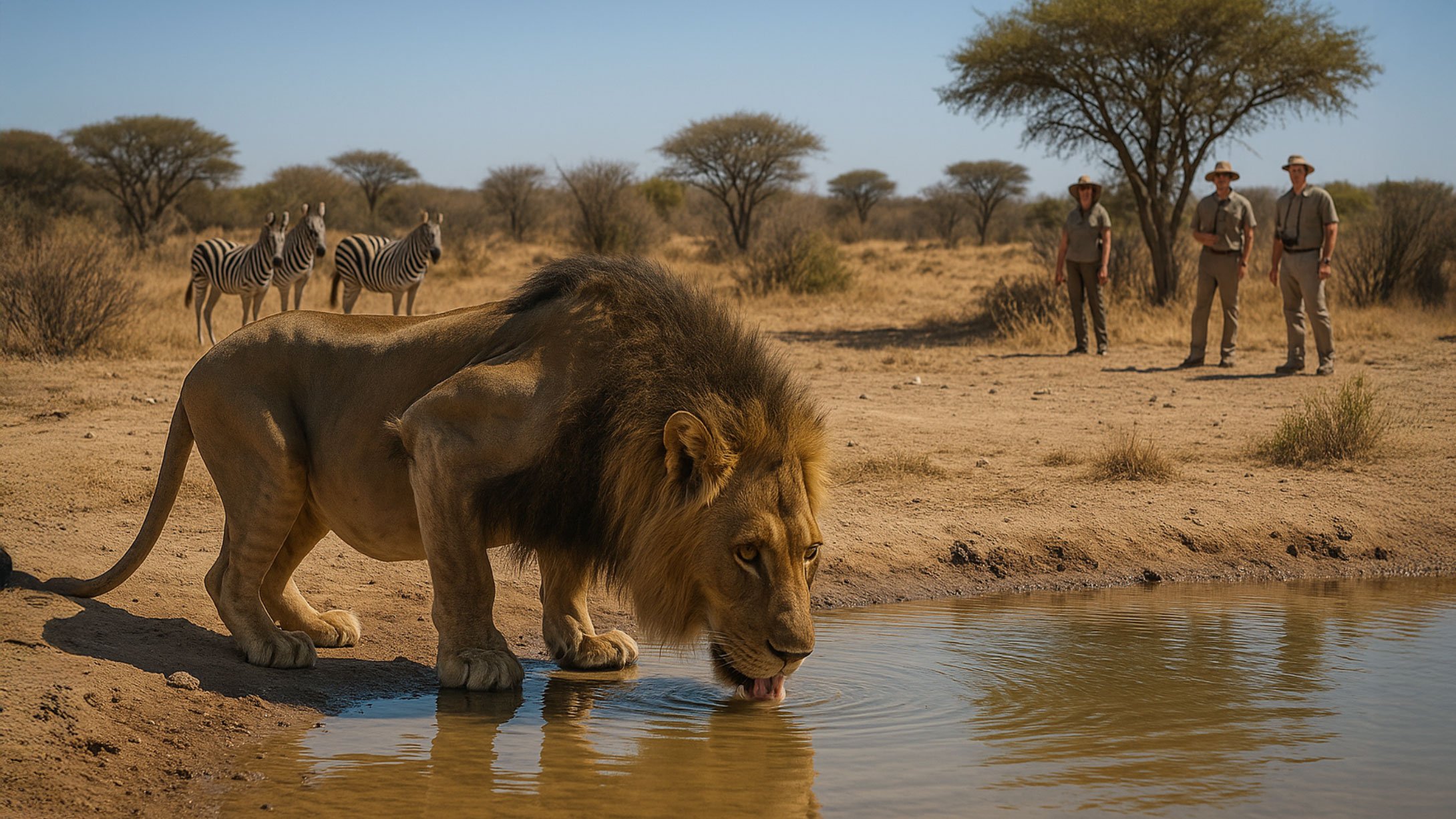Vanishing in Silence: The Poached Legacy of the Leopard
In the hush of twilight, as golden light filters through leaves and grasses, a sleek silhouette passes unnoticed—a leopard, perfectly cloaked in shadows and spots. The leopard is a master of invisibility, an apex predator whose mystique once spanned continents. Today, that same invisibility is becoming a curse. While the world rallies to protect tigers and elephants, the leopard is quietly slipping into oblivion. This “forgotten cat” is enduring a silent extinction, fueled not by natural predators, but by human greed, cultural traditions, and neglect.
The Most Widespread, Yet Overlooked
Leopards (Panthera pardus) were once the most widespread big cat, ranging from sub-Saharan Africa to the Russian Far East. Eight subspecies adapted to climates as varied as African savannahs, Himalayan foothills, and Southeast Asian rainforests. But those days of abundance are behind us.
In Africa, their range has shrunk by two-thirds. In Asia, a staggering 84% of their habitat has been lost. The Indochinese leopard has nearly vanished, and three subspecies are now critically endangered. Their invisibility, their ability to survive quietly in human-dominated landscapes, may have saved them before. Now, it is what allows their disappearance to go unnoticed.
Trade: Legal, Illegal—and Deadly
Despite being listed on Appendix I of CITES, which prohibits their international commercial trade, leopards are the second-most traded big cats after lions. Between 2000 and 2024, more than 8,300 trade permits were issued for leopards. Over 10,000 trophies were legally traded between 2004 and 2014 alone.
But the story doesn’t end with legal paperwork. It’s the illegal trade—stealthy, brutal, and widespread—that bleeds leopards dry.
Leopard skins, claws, teeth, and bones are sought after in Asia and Africa. Skins are used in traditional regalia and home décor, while bones substitute for tiger bones in traditional Chinese medicine. Claws and teeth are revered talismans. In many cultures, leopards are still considered symbols of power and prosperity—and their body parts, tragically, are trophies of status.
According to CatByte, over 60,000 leopard products were recorded in trade between 2000 and 2023—91% from wild-sourced animals. Only 5% came from captive leopards, mostly sent to zoos or circuses.
And it’s getting worse.
In just five years, from 2020 to 2025, 738 leopard product seizures were recorded. Most seizures involved claws, skins, and bones. Africa's black markets are thriving. One 2025 study in Côte d'Ivoire found leopard parts—mostly skins—being sold in nearly half the markets surveyed.
The Cost of Cultural and Medicinal Beliefs
Leopard parts aren’t just a commodity; they’re woven into cultural and spiritual traditions. In Africa, skins are worn by royalty and tribal leaders. In China, bones are included in licensed traditional medicines, despite the availability of plant-based alternatives.
At least 24 Chinese pharmaceutical companies still list leopard bone as an ingredient. China’s official pharmacopoeia hasn’t removed it, and the demand from Chinese consumers is driving poaching across borders—from India to Laos to Indonesia.
This demand is devastating local leopard populations. In Indonesia alone, 24 seizures involving Javan leopards between 2011 and 2019 led to an estimated loss of 51 animals—a huge blow for a critically endangered subspecies.
India’s Unwanted Record
India, ironically home to the world’s largest leopard population—estimated around 14,000—has also become a hotspot for illegal leopard trade. Over 2,500 seizures were recorded in just the past five years.
Snares, the cruel traps often set outside protected areas, are a death sentence. Between 2012 and 2021, nearly 245 leopards were caught in snares in Asia—93% of those outside protected zones. India led the grim tally in big cat deaths by snaring.
And while governments pour money into protecting tigers, leopard conservation is starved of attention and resources.
As Debbie Banks from the Environmental Investigation Agency says, “For every tiger killed, data show three to five leopards are killed.” Yet, they receive a fraction of the media coverage, funding, or public concern.
What Needs to Change
Leopards aren’t disappearing in dramatic headlines. They are quietly poached, skinned, and smuggled out of sight. Their extinction, if allowed, will be just as silent.
But it doesn’t have to end this way.
Governments can act. China can ban the use of leopard bones in medicine, just as it banned tiger bone and rhino horn. CITES can require more detailed reporting, instead of lumping all leopard subspecies into a single category. Law enforcement can prioritize trafficking routes, especially in known hotspots like India and parts of Africa.
And you—reader, wildlife lover, citizen of the planet—can help.
Support organizations like Big Cat Rescue that fight to protect wild cats not in cages, but in their wild, natural homes. Pressure lawmakers to close legal loopholes in wildlife trade. Speak out when traditions turn into threats. Choose compassion over consumption.
Because leopards don’t need cages. They need trees to climb, grasslands to stalk, and mountains to rule.
They need us to remember them.
Before the last pawprint fades.
Read more and see photos at https://news.mongabay.com/2025/06/forgotten-leopards-being-driven-to-silent-extinction-by-poaching-and-trade/













